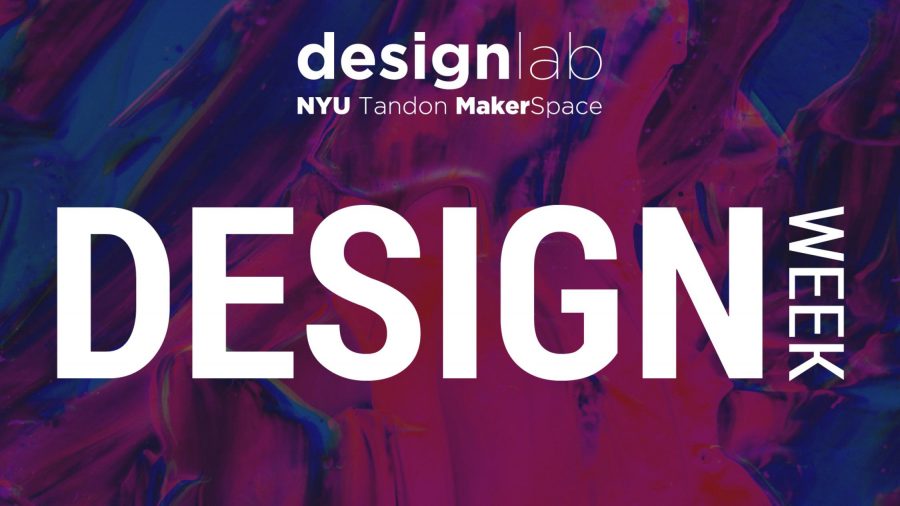Experts in fields ranging from technology to banking to design convened at Tandon School of Engineering’s MakerSpace on Monday to discuss design thinking, a comprehensive approach to problem-solving they said remains a crucial part of product design.
Design thinking is a process that focuses on repetition, collaboration and anthropocentrism to solve problems more holistically. It has been part of the design world for decades, sparking debate about its necessity. The process uses empathy and first seeks to understand what the user of a certain product that is being designed would want. Then, the process encourages designers to brainstorm different ideas before experimenting to see what works.
Tandon junior Brianna Migliaccio said that the process is incorporated into much of her schoolwork and found the panel to be useful.
“They described the design process very well and put in real-world experiences,” Migliaccio said. “Every class I’m in and every project I work on involves design thinking so it was very helpful.”
The Design Panel marked the beginning of the first ever Design Week at NYU. Design Week will strive to allow attendees to learn from and collaborate with others within the design industry. It was created and moderated by Anne-Laure Fayard, faculty advisor of the design lab at NYU MakerSpace.
“[It was time to] get a group of people who all, in various ways, have been practicing and interacting with design thinking for the past 10 to 20 years, ask for their perspective, and engage in a conversation,” Fayard said.
The panel consisted of four speakers: Sana Altaf, a business and technology architecture specialist at Accenture Liquid Studio and NYU Tandon School of Engineering alum; Sriniketh Chakravarthi, the Banking and Financial Services leader at Cognizant’s North American business unit; Sean Rhodes, the executive creative director at Frog Design and Bernardo Schorr, an associate design director at Smart Design.
Each member of the panel spoke about what they believe design thinking is and how essential it is to design. The consensus amongst the panelists was that design thinking remains a crucial part of product design due to its emphasis on considering the user’s point of view.
“Design thinking is really good at bringing people to the front and center of product development, taking the solutions more so than the problems, and making product teams that include both designers and non-designers,” Schorr said.
Rhodes emphasized the re-emergence and popularity of design thinking in the past decade. He claimed the process played a key role in the transition Apple Inc. had from a failing company to a billion dollar one.
“Jobs had a very humanistic vision [which was] a very powerful way to create value in a business,” Rhodes said. “The first iPod didn’t have the iTunes store, it didn’t have all the brilliant business processes behind it to get all the songs in … It was only a piece of industrial design.”
Though some NYU students were in attendance, the majority of the audience was made up of designers and industry professionals that rely on design thinking. Questions focused on how to make design thinking more widespread and implemented in other industries such as healthcare and sustainability.
When asked what the future will look like for design thinking, Schorr said that he sees it being applied to more than just products.
“We’ll use design thinking in designing policy, to design programs, to design the future,” Schorr said.
Email IIona Cherepakhina at [email protected]

























































































































































